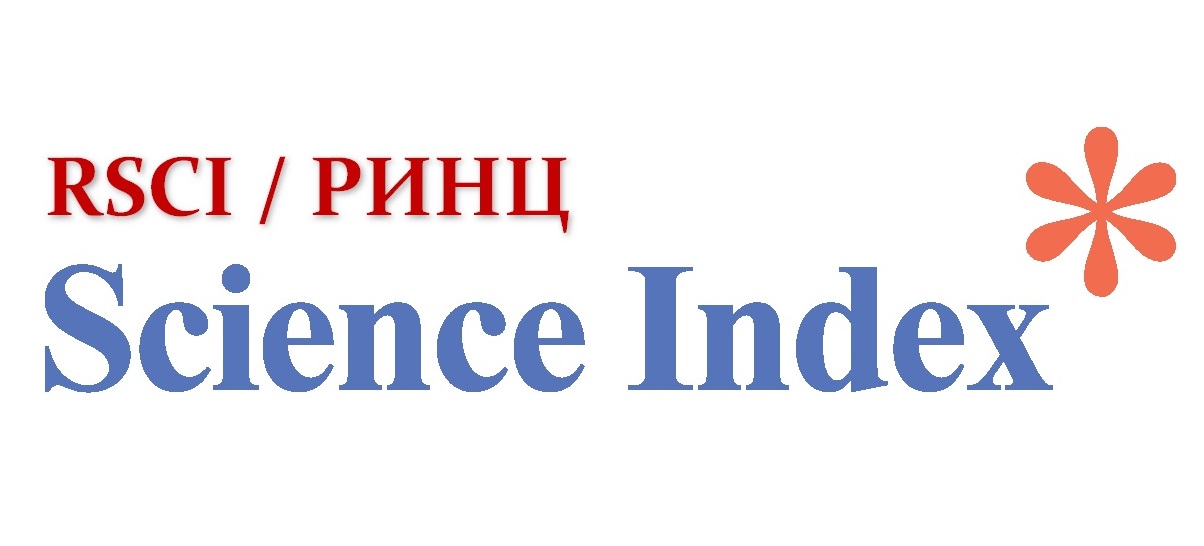Polish identity in the soviet period: peculiarities and factors of transformation
Views: 87 / PDF downloads: 98
Keywords:
Critical junctures, Poland, national identity, Soviet Invasion, politics, historical fate, the USSR, World War II.Abstract
The article is devoted to Poland’s historical events and how they were affecting their national self-consciousness during that time. The article was written based on our research questions “How much did Poland suffer during its attachment to the USSR? How did this affect their national identity? How historical events affect national identity in the example of Poland?” The method of the search is quantitative and was used to find information for the article.
The article runs about some facts taken from the history of Poland like the Soviet invasion of Poland, World War II and its consequences for the country, and Poland’s life after World War II. The importance of the topic is that the question of identity has always been at the forefront for Europeans, including Poland, which has experienced some difficulties and changes in self-identification, while some nations have not recognized them as Poles. Critical junctures in the life of every country, be it invader or victim, have always brought about changes not only externally but also subconsciously, shaping or conversely deforming the thinking and perceptions of people and the world. It is important to look soberly into the past and study the history of a country that has experienced not the best events in life, so as to have a clear picture before your eyes for a better understanding of what is happening.
Downloads
Published
How to Cite
Issue
Section
License
Copyright (c) 2023 Bulletin of the L.N. Gumilyov Eurasian National University. Political Science. Regional Studies. Oriental Studies. Turkology Series.

This work is licensed under a Creative Commons Attribution-NonCommercial-NoDerivatives 4.0 International License.






